How To Do The Mayurasana And What Are Its Benefits
Master this ancient balance pose to boost strength, focus, and overall wellness today!
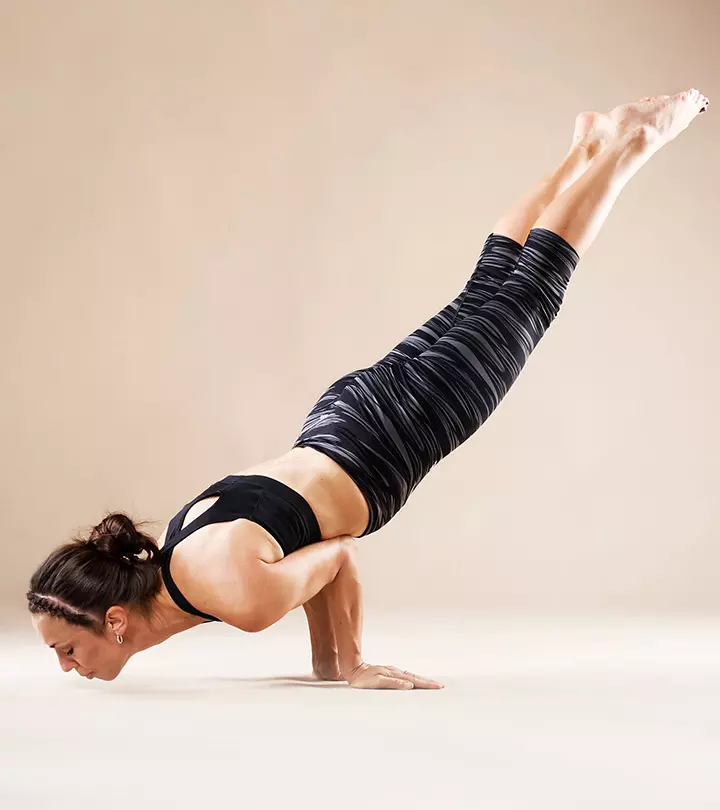
Image: shutter stock
Sanskrit: मयूरासन; Mayur – Peacock, Asana – Pose; Pronounced As – my-yer-ahs-anna
According to the Hindu texts, the peacock symbolizes love and immortality. This asana is said to resemble a peacock when it struts around with its feathers down. The Peacock Pose has a whole lot of benefits, and although it looks complicated, with a little practice, it is quite easy to do.
Everything You Need To Know About The Mayurasana
- What You Should Know Before You Do The Asana
- How To Do The Mayurasana
- Precautions And Contraindications
- Beginner’s Tip
- Advanced Pose Variations
- Benefits Of The Peacock Pose
- The Science Behind The Mayurasana
- Preparatory Poses
- Follow-Up Poses
What You Should Know Before You Do The Asana
You must make sure to keep your stomach and bowels empty before you practice this asana. Have your meals at least four to six hours before you do the asana so that your food gets digested, and there is enough energy for you to expend during the practice.
It is best to practice yoga first thing in the morning. But in the event you cannot work out in the morning, it is alright to practice it in the evening.
Level: Basic/ Intermediate
Style: Hatha Yoga
Duration: 30 to 60 seconds
Repetition: None
Stretches: Arms, Back
Strengthens: Forearms, Legs, Wrists, Back Torso
How To Do The Mayurasana (Peacock Pose)
- Begin by sitting on your heels. Make sure your knees are wide apart.
- Place your hands on the floor, and let your fingers point towards your body. Gently bend your elbows and press them towards your abdomen.
- You must keep your belly firm. To do this, drop your head on the floor, and work up the strength in your stomach.
- Stretch your legs out, such that your knees are straight, and the upper part of your feet are facing the floor.
- Your shoulder blades must be firm and pushed into your back. Tighten your buttocks and raise your head. Set your gaze forward.
- Shift your body weight forward and lift your legs off the floor. Your body must be lifted with the weight on the hands. It should be parallel to the floor.
- Hold the pose for about 10 seconds initially. With practice, you should be able to hold it for up to one minute.
- To release, drop your head and feet on the ground. Relax.
https://www.youtube.com/watch?v=mj1fMzPocKM
Precautions And Contraindications
These are a few points of caution you must keep in mind before you do this asana.
- It is best to avoid this asana if you have an injury in your wrist, shoulder or elbow.
- Avoid this asana in case you have the following conditions:
- Heart diseases
- Hernia
- High blood pressure
- Eye, ear, and nose infections
- Problems in the intestine
- Brain tumor
- Menstruation
- Pregnancy
3. This asana is said to detoxify your system and release toxins. If you feel unwell during the pose, release the asana immediately.
Beginner’s Tip
As a beginner, you might find it hard to balance yourself in this asana. To get the asana right, use blocks to support your head and ankles till you get a hang of the asana.
Advanced Pose Variations
To intensify the pose, you could try the Pincha Mayurasana or the Feathered Peacock Pose. It is done as a culmination of all the elements to get your forearm balance right. This is how you can do it.
- Lie down on your stomach, facing the wall.
- Gently bend your elbows such that they are directly under your shoulders. Bring your palms together in the Anjali mudra.
- Lift up your hips. Walk towards your arms, as close as you can get.
- Raise your right leg as much as you can, and kick up the other leg off the floor. This action will push your lower body off the floor, and allow your feet to touch the wall.
- Stay in this pose for a few seconds.
- Keep your head off the floor. Make sure that your shoulders are away from your ears.
- Touch your thumbs to your third eye, while your palms are still in the Anjali mudra, as you lift your gaze.
- Your feet may touch the wall or stay perpendicular to the ground.
- Breathe slowly and deeply, and stay in the pose until you are comfortable. Release the pose in the same order that you got into it.
Benefits Of The Peacock Pose
These are some amazing benefits of Mayurasana.
- The Gheranda Samhita says that the Peacock Pose cancels toxins. It detoxifies the body and also helps to get rid of tumors and fevers.
- It helps tone the digestive organs and increases blood circulation in the abdominal area, therefore making it stronger.
- This asana energizes the pancreas, stomach, liver, spleen, kidneys, and intestines.
- It also helps fight diabetes and piles.
- This asana strengthens and tones the reproductive system, therefore reducing all menstrual and menopause dysfunctions. It also improves sexual activity.
- It helps to make the shoulders, elbows, wrist, and spine stronger.
- It helps improve posture.
- This asana calms the mind and reduces stress and anxiety.
- It improves concentration as well as coordination between the mind and the body.
The Science Behind The Mayurasana
When you look at how this asana is done, you might feel that all you need is arm strength. But the real secret behind mastering this pose lies in your belly.
Just like the other arm balancing poses, this asana also needs you to be incredibly strong. But along with strength, you also need patience because only with practice will you be able to develop that relationship with gravity that is required to master this pose. To do that, you need to have a good foundation, which will include working of your forearms, hands, and belly. You will have to consider your arms as your legs and push your elbows into your belly. This might be uncomfortable initially, but this is what you need to finish this pose with perfection. When you do this, you will notice your abdominal muscles strengthen under your abs. This strength will give you stability in the pose.
Preparatory Poses
- Chaturanga Dandasana
- Eka Pada Sirsasana
Follow-Up Poses
- Adho Mukha Svanasana
- Bālāsana
- Bhujapidasana
- Eka Hasta Bhujasana
- Dwi Hasta Bhujasana
- Visvamitrasana
Now that you know how to do Mayurasana, what are you waiting for? This pose looks hard. But with patience and practice, your body will find its balance, and you will be able to perform this asana with strength and grace. Don’t be intimidated by how it looks. This asana has some great benefits that you don’t want to miss out on.
Read full bio of Shirin Mehdi


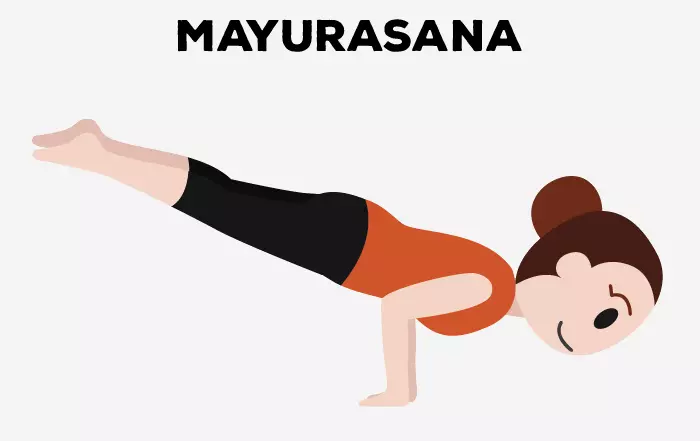

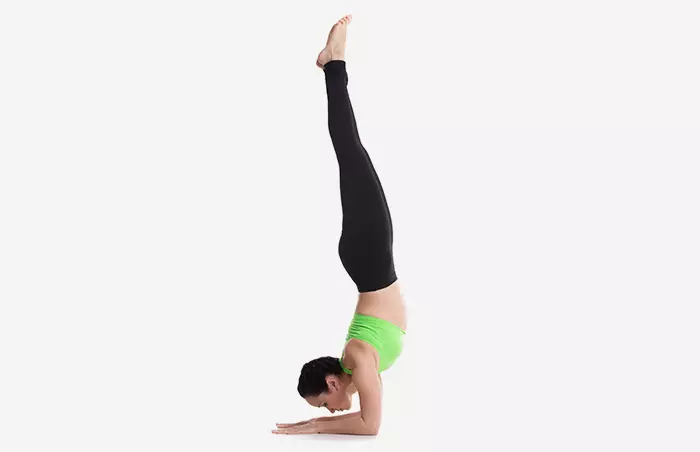


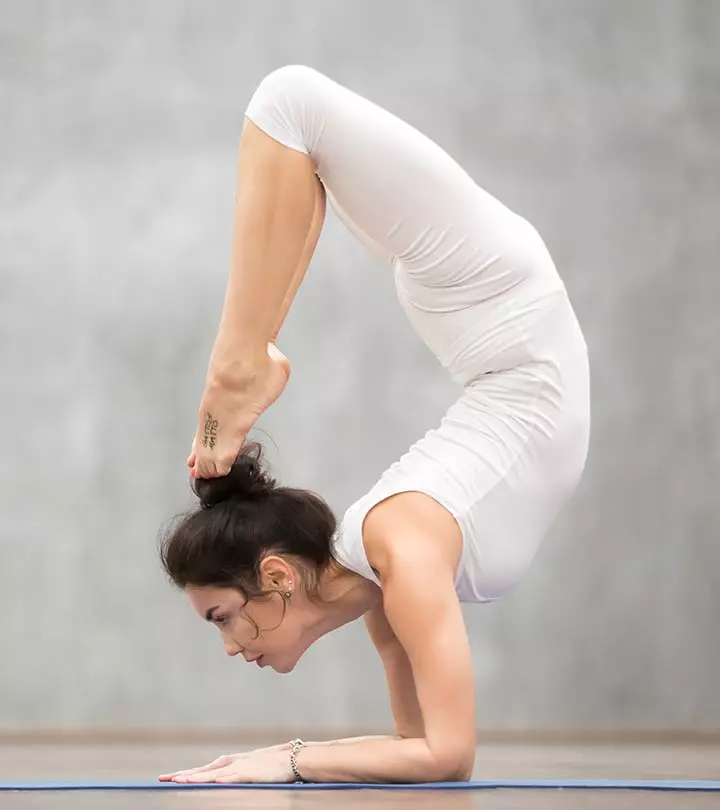
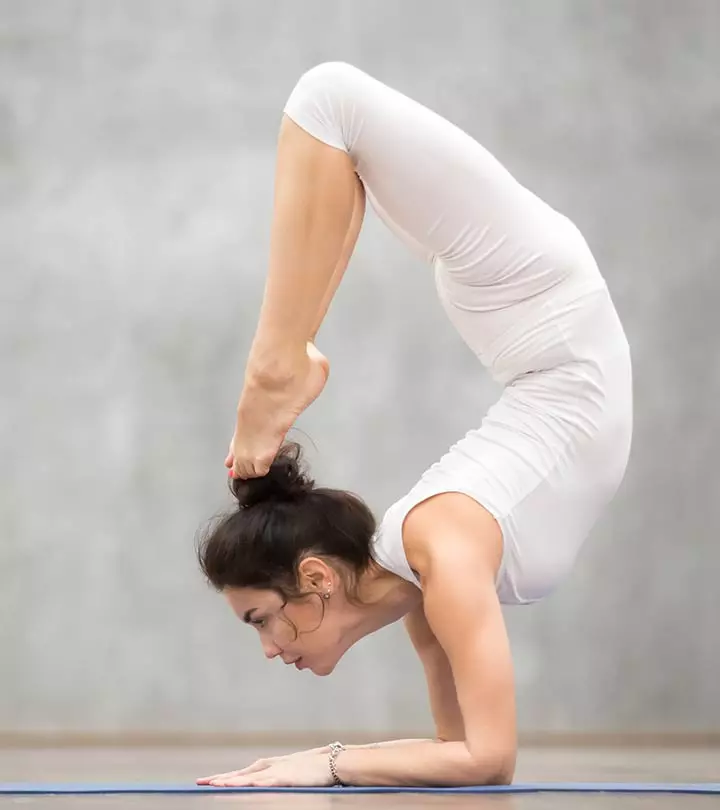
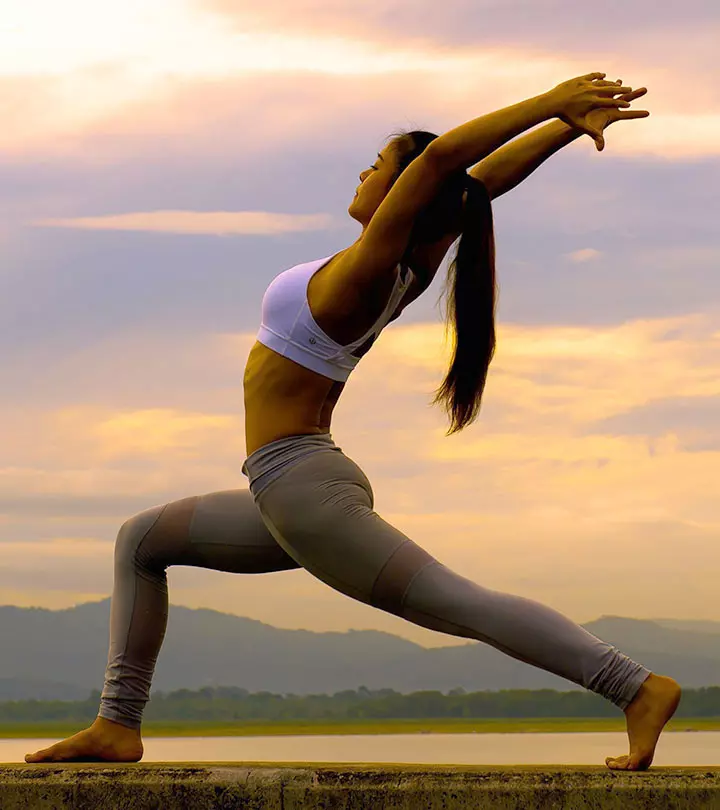

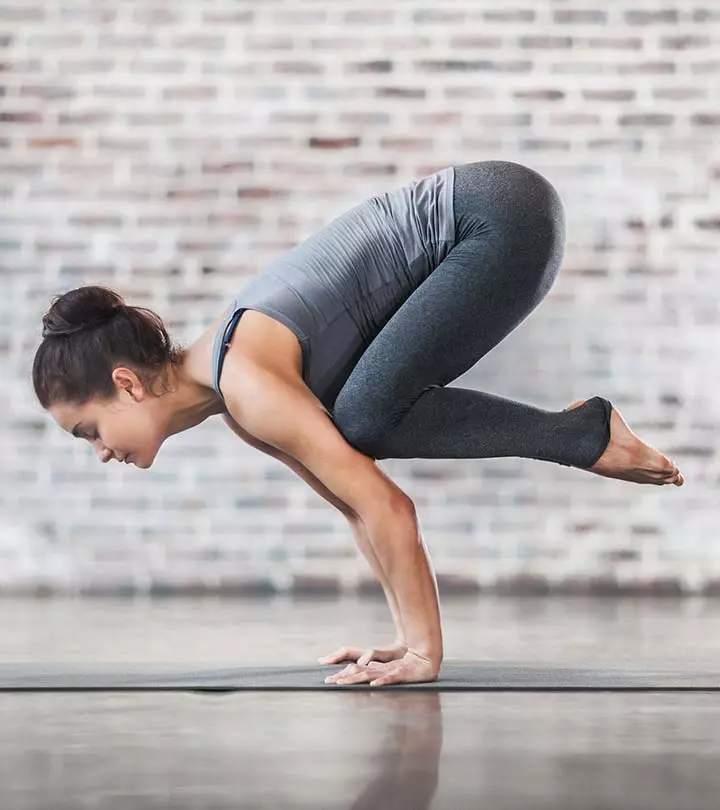
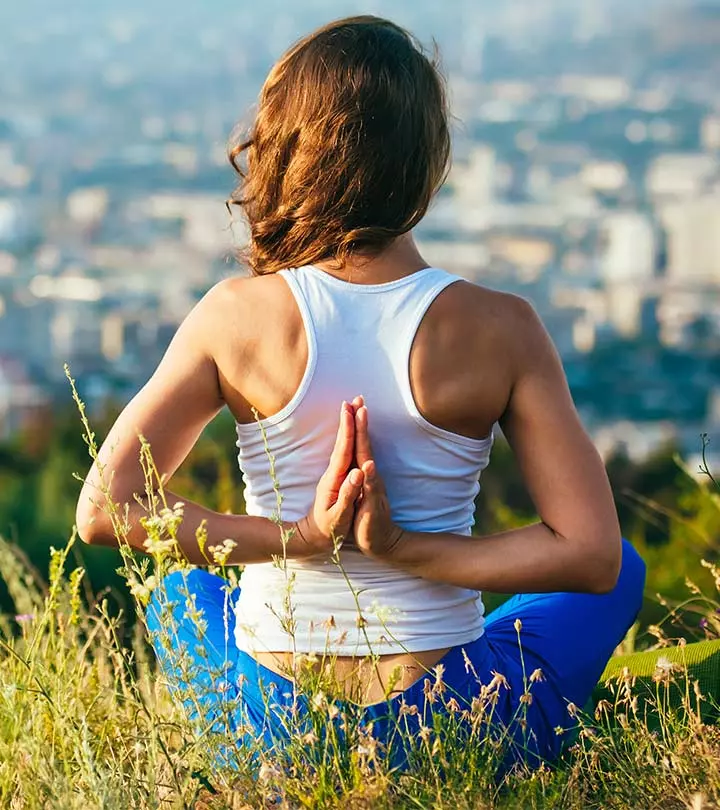
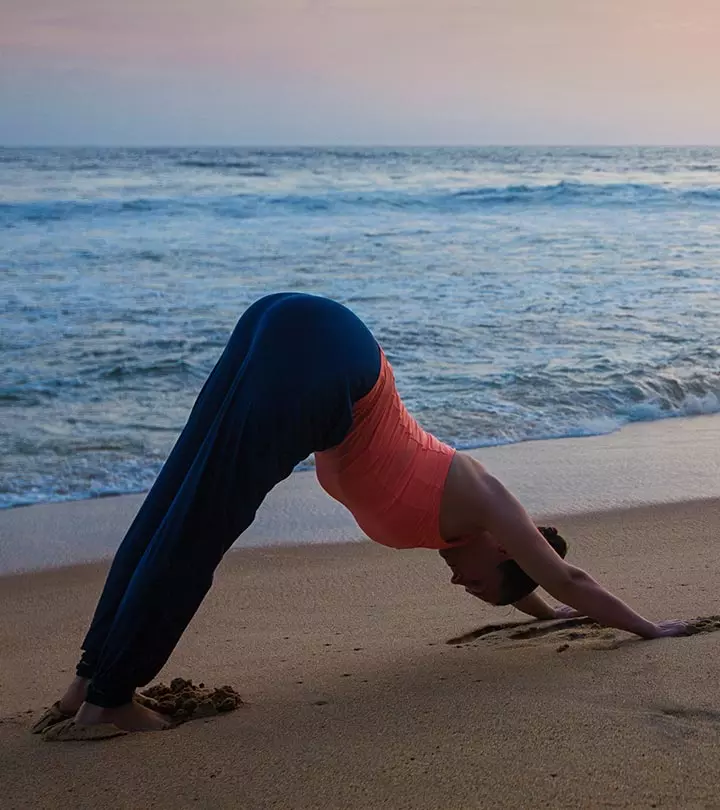

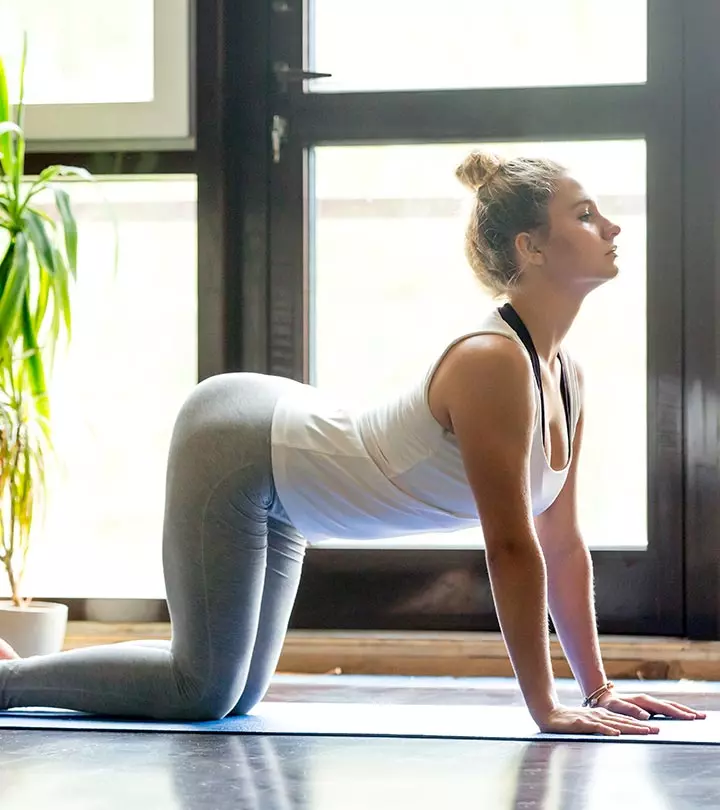
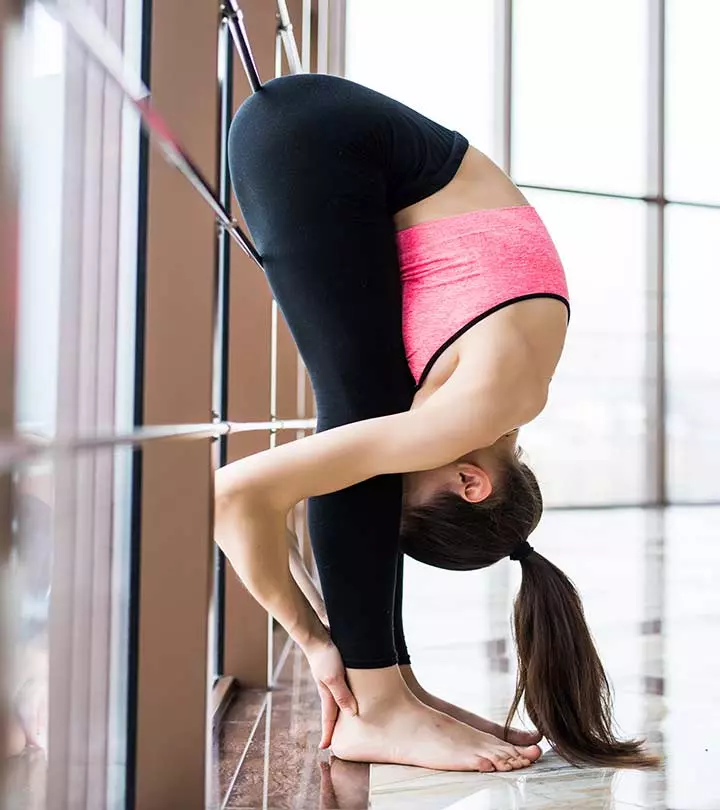




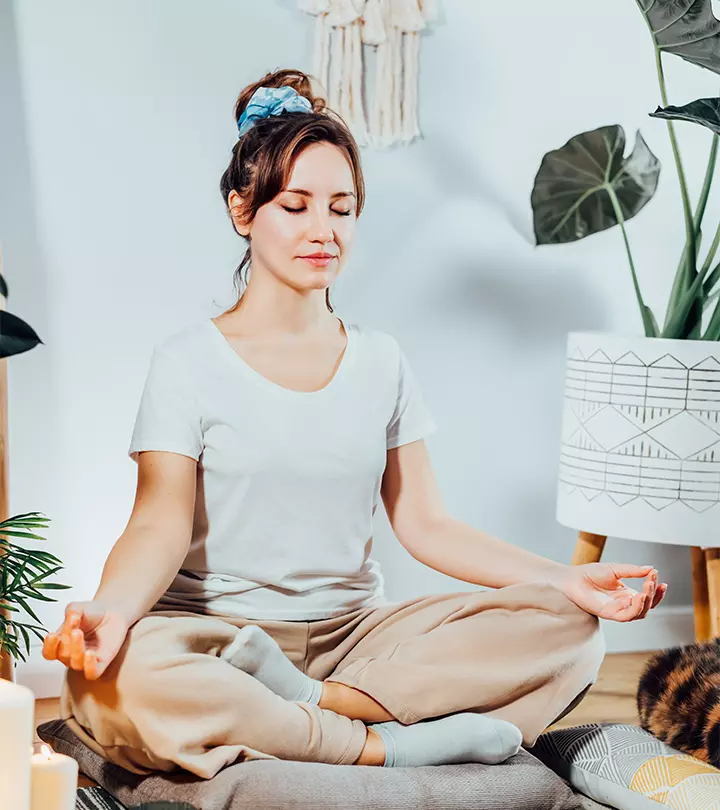
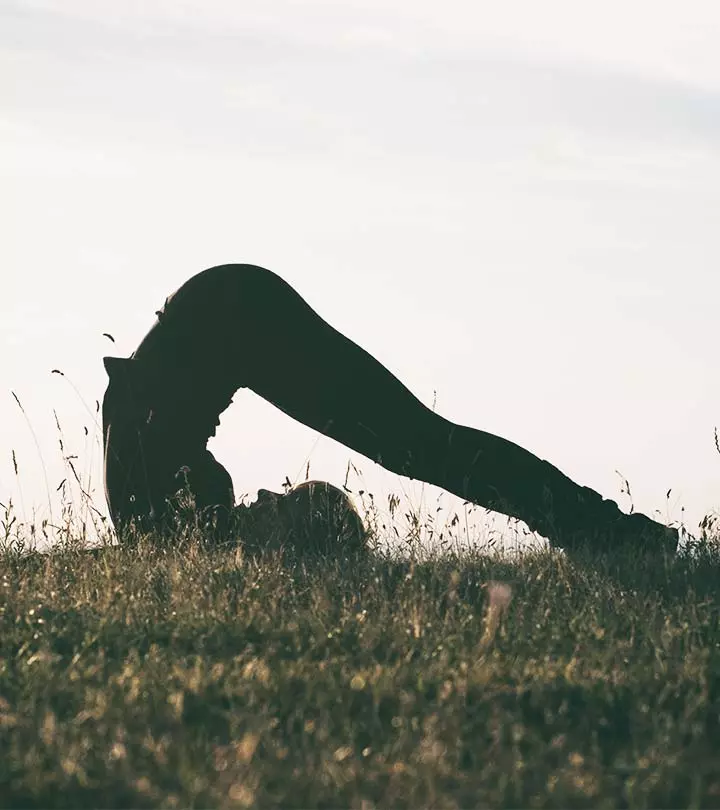

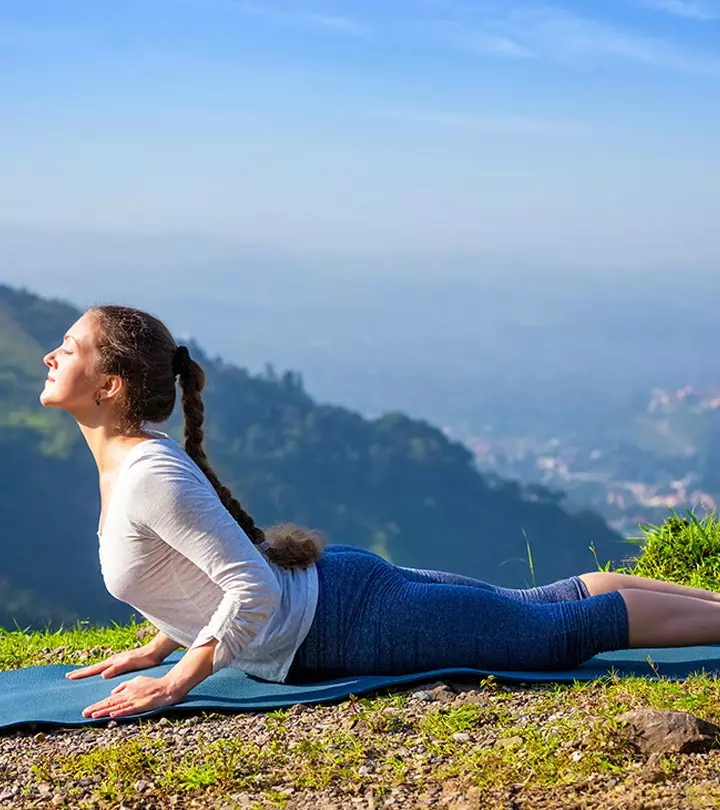
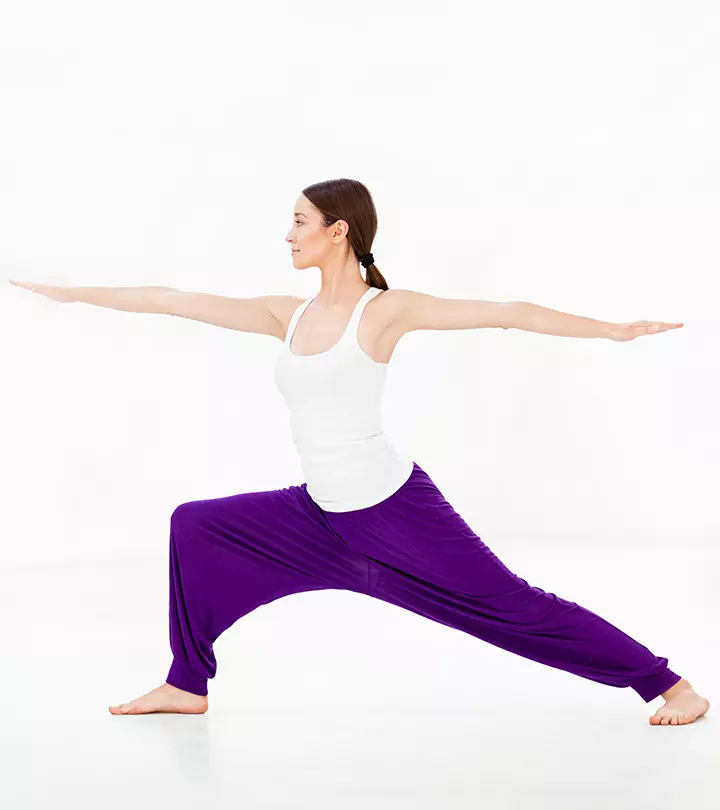

Community Experiences
Join the conversation and become a part of our empowering community! Share your stories, experiences, and insights to connect with other beauty, lifestyle, and health enthusiasts.